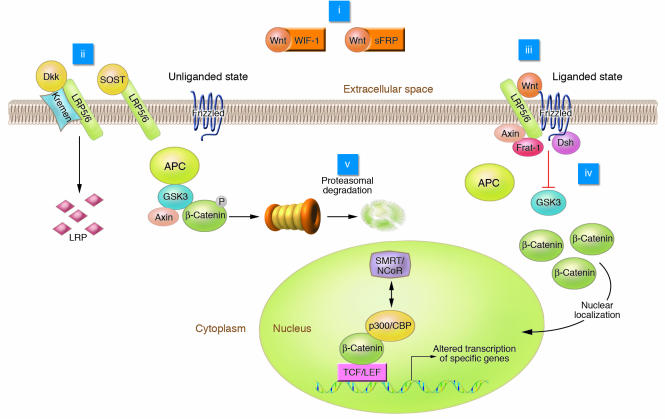Figure 1. Elements of Wnt/β-catenin signaling.
In the liganded state, binding of Wnt to the frizzled receptor inhibits GSK3 activity through mechanisms involving Axin, Frat-1, and Disheveled (Dsh). β-Catenin accumulates and is translocated to the nucleus, where it binds to TCF/LEF, causing displacement of transcriptional corepressors (e.g., silencing mediator of retinoid and thyroid receptors and nuclear receptor corepressor; SMRT/NCoR) with transcriptional coactivators (e.g., p300 and cAMP response element–binding protein; p300/CBP). Wnt signaling can be blocked by interactions of Wnt with inhibitory factors including WIF-1 and sFRP or the interaction of LRP5/6 with the Dkk/Kremen complex or sclerostin (SOST gene product). Phosphorylation of β-catenin by GSK3 stimulates β-catenin degradation. Potential intervention points for drug therapy (i–v) are indicated.

